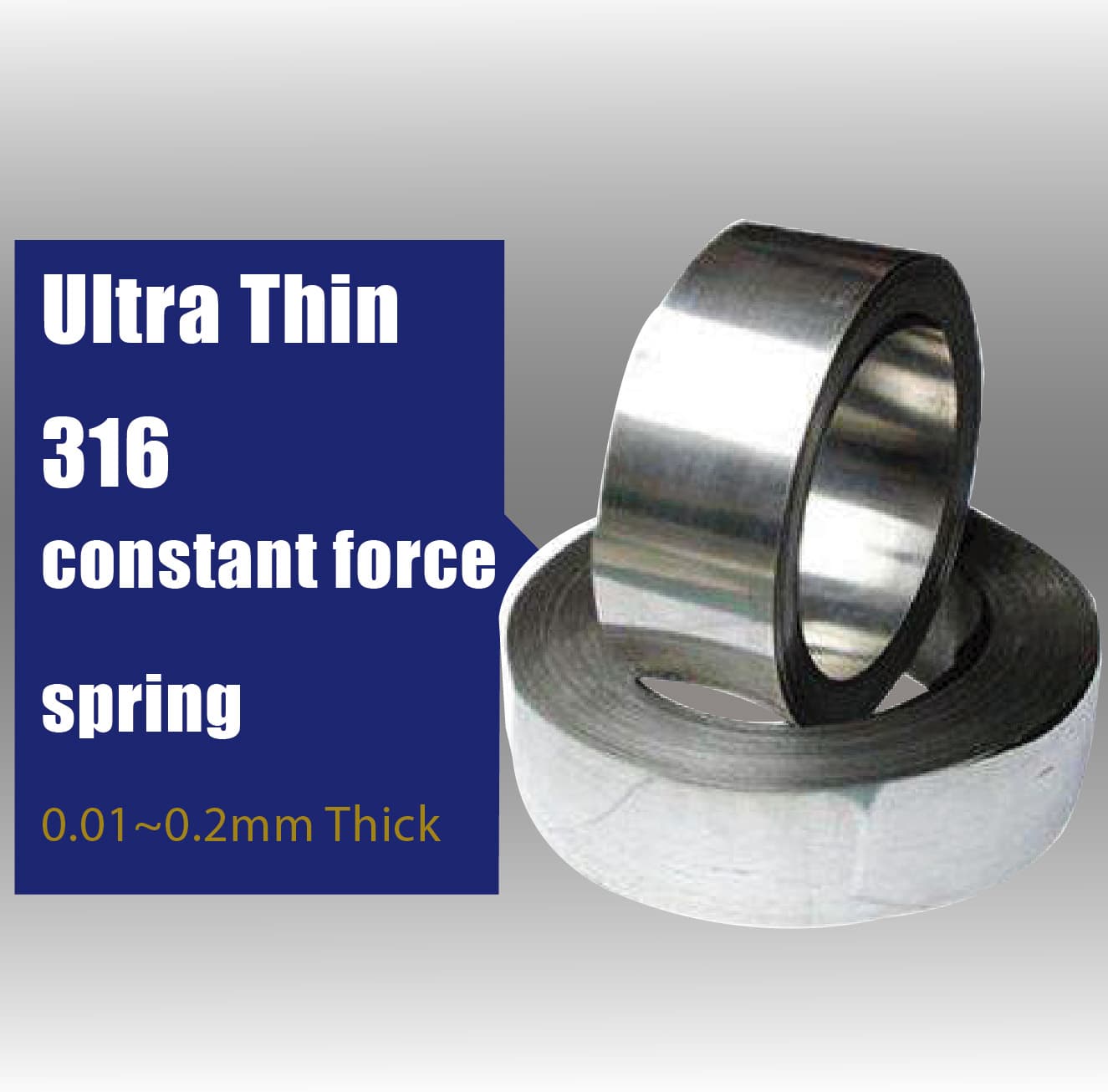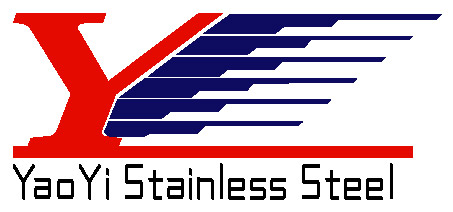No. 429, Yangguang Road, Yinzhou District, Ningbo, Zhejiang, China P.C.: 315175
No. 429, Yangguang Road, Yinzhou District, Ningbo, Zhejiang, China P.C.: 315175

Type 316 stainless steel is an austenitic chromium nickel stainless steel containing molybdenum. This addition increases general corrosion resistance, improves resistance to pitting from chloride ion solutions, and provides increased strength at elevated temperatures. Properties are similar to those of Type 304 except that this alloy is somewhat stronger at elevated temperatures. Corrosion resistance is improved, particularly against sulfuric, hydrochloric, acetic, formic and tartaric acids; acid sulfates and alkaline chlorides. Type 316L Stainless Steel is an extra-low carbon version of Type 316 that minimizes harmful carbide precipitation in the heat affected zone during welding.
Sheet, Strip, Stainless steel tubes
ASTM A240, A666,UNS S31600 / UNS S31603, Werkstoff Nr. 1.4401 / 1.4404
Typical applications for Types 316 & 316L are Food preparation equipment, especially in chloride environments. Chemical processing, equipment. Laboratory benches and equipment. Pharmaceutical and textile industries.
| Element | Carbon | Manganese | Sulfur | Phosphorus | Silicon | Chromium | Nickel |
| Type 316 | 0.08x | 2.0x | 0.03X | 0.035x | 1.0 x | 16 – 18 | 10.0~14.0 |
| Type 316L | 0.03x | 2.0x | 0.03X | 0.035x | 1.0 x | 16 – 18 | 12.0~15.0 |
| Type | Yield Strength 0.2% offset (KSI) | Tensile Strength (KSI) | % Elongation (2″ Gauge length) |
| 316 | 30 min. | 75 min. | 40 min. |
| 316L | 25 min. | 70 min. | 40 min. |
Alloys 316/316L are non-hardenable by heat treatment. Annealing: Heat to 1900 – 2100°F then rapidly quench Forming: Types 316 and 316L can be readily formed and drawn.
These alloys are generally considered to have poorer weldability than Types 304 and 304L. A major difference is the higher nickel content for these alloys which requires slower arc welding speed and more care to avoid hot cracking. When filler is needed, AWS E/ER 316L and 16-8-2 are most often specified.
Types 316 and 316L Stainless Steels exhibit better corrosion resistance than Type 304. They provide excellent pitting resistance and good resistance to most chemicals involved in the paper, textile and photographic industries.
Fill out the form below and we will contact you as soon as possible!

Together & Make the world more durable.
© All Rights Reserved.